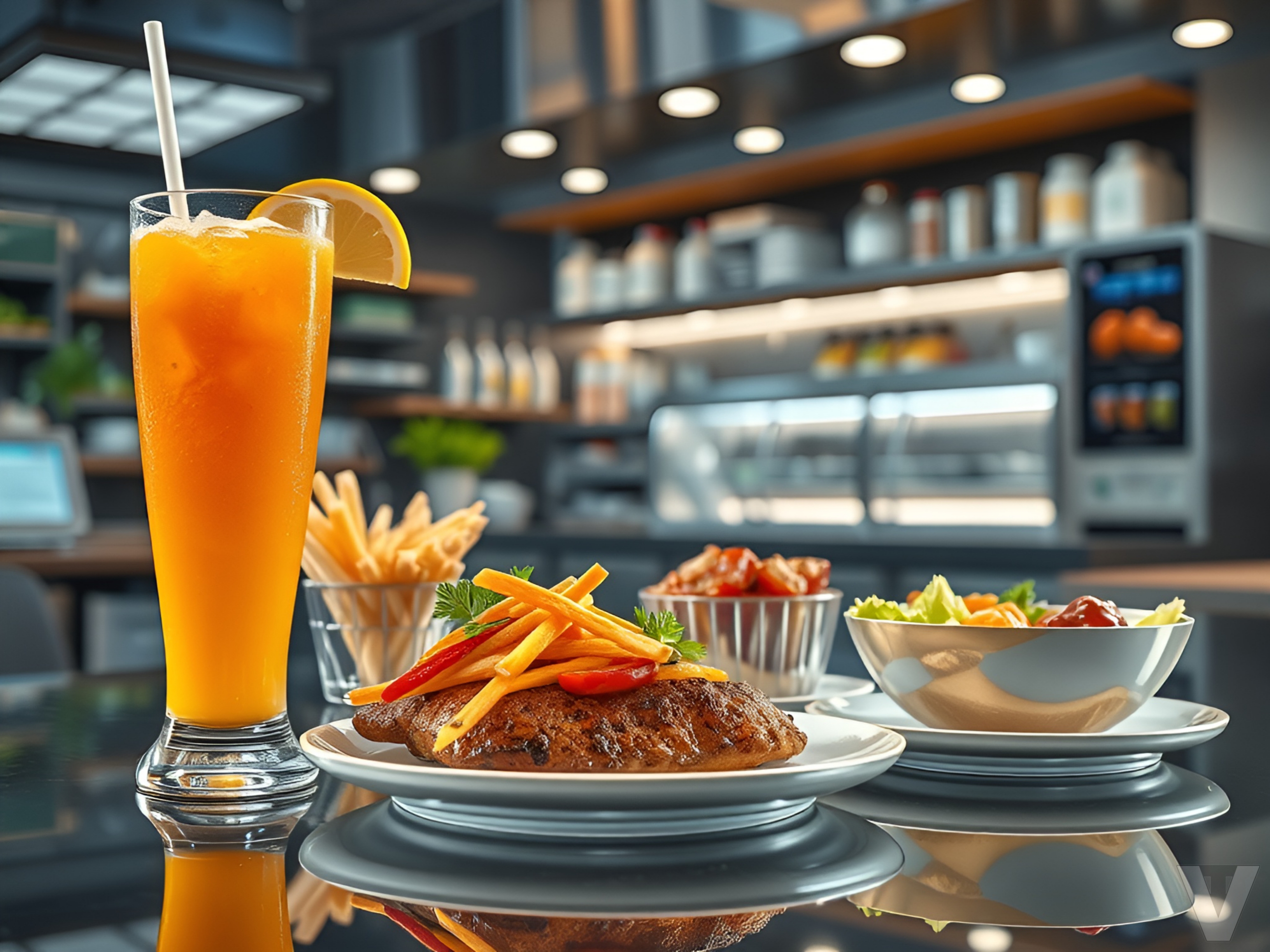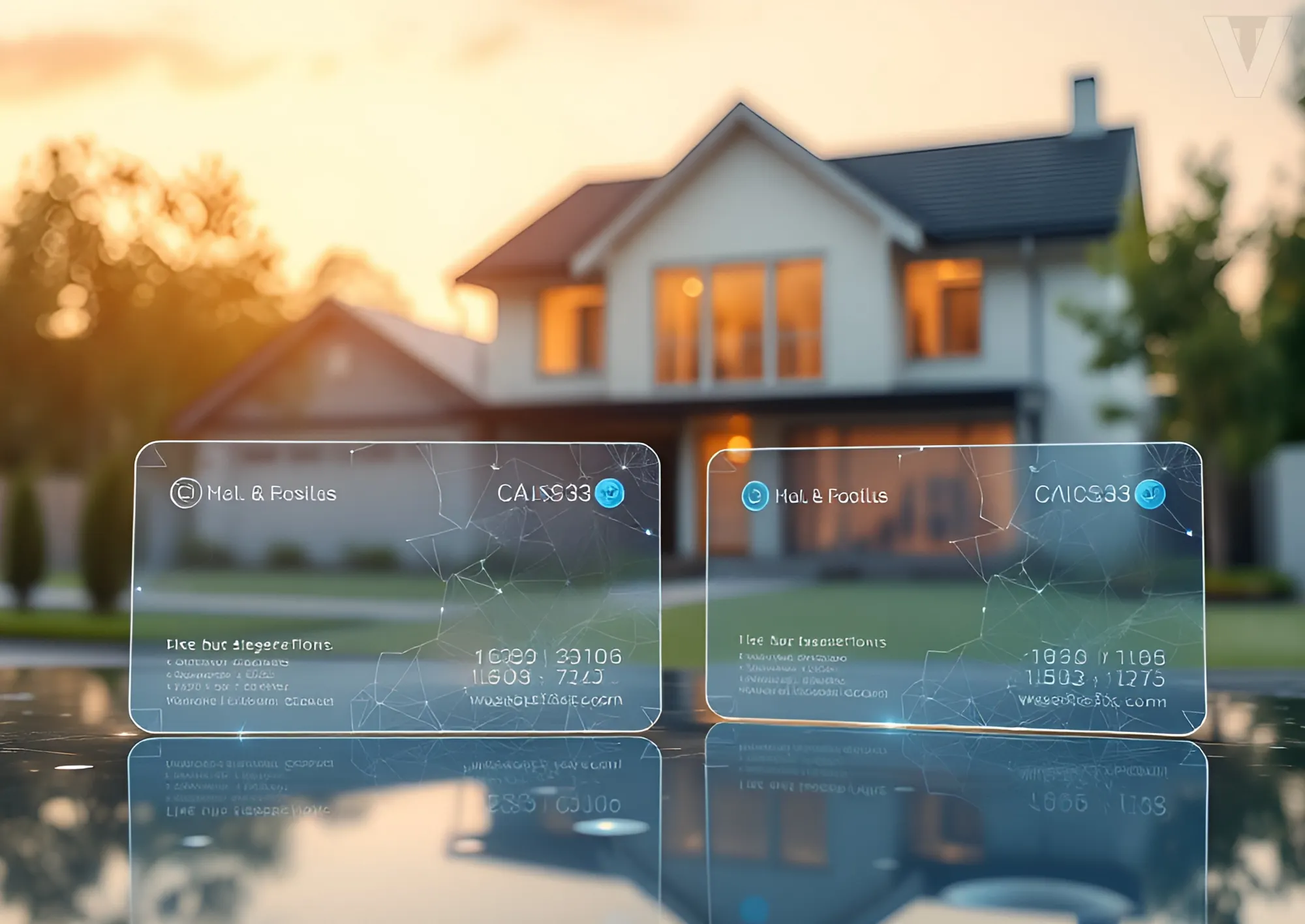|
Getting your Trinity Audio player ready...
|
Small food businesses are feeling the heat to go green. With more folks caring about our planet and the clear signs of climate change, it’s vital to move toward more eco-conscious food practices.
This article is here to help you learn how to use sustainable packaging and cut down on waste. By the time you’re done reading, you’ll have some easy and practical tips to make your business kinder to the Earth!

The Problem
Non-sustainable packaging and waste lead to pollution, deforestation, and crowded landfills. Single-use plastics, often used for convenience, can take centuries to break down, and they leak harmful chemicals into our soil and water. This messes with wildlife and ends up affecting our health too.
Small food businesses, even though they’re small, add up to a large part of the problem. But the good news is they also have the power to change things. By choosing sustainable practices, small food businesses can make a big difference and inspire others to follow suit—all without sacrificing their bottom line.
Sustainable Packaging Solutions
With food deliveries becoming a staple in our busy lives, we’re also seeing a rise in packaging waste, which poses a tricky issue. Small businesses often find themselves stuck choosing between what works best for them—like easy-to-use and low-cost options—and what will make customers happy by preventing spills and keeping food warm.
Plastic has always been a popular choice because it checks all these boxes. But we all know that single-use plastics are a problem, often ending up as waste in landfills or polluting our oceans.
The good news is that there are eco-friendly alternatives out there that can take the place of traditional plastic and Styrofoam. These greener options still get the job done without harming the planet.
By opting for sustainable packaging, businesses can do their part in protecting the environment and also appeal to the increasing number of consumers who care about sustainability.
Some of the best sustainable food packaging solutions you might consider include using biodegradable materials like corn starch and sugarcane. These materials naturally decompose over time and work well for takeout containers and utensils. They offer the ease of plastic but are much better for the planet.
An even more creative idea is edible packaging made from seaweed and rice paper which could also be best for your tasty and on-the-go sandwiches. This kind of packaging is completely waste-free and seems to have a lot of potential for the future. Imagine eating your packaging along with your meal—it’s a fun and practical way to cut down on waste.
Another option is reusable packaging. Although it may require a bit more effort from customers, it can greatly reduce waste in the long run. Think about glass or stainless steel containers that can be brought back and refilled instead of using single-use plastic bags or containers.

Waste Reduction Strategies
Cutting down on waste involves more than just cutting back on packaging.
Managing your inventory well is key to slashing waste in your food business. By keeping a close eye on what you have in stock, you can steer clear of over-ordering and spoilage. Using a first-in, first-out (FIFO) system means older ingredients get used up first, which cuts down on food waste and saves you money.
Watching portion sizes is another important tactic. By serving portions that meet customer demands, you can avoid dishing out too much, which often leads to leftovers and waste. Offering portions in different sizes caters to varying appetites and helps curb unnecessary waste.
Turning organic waste into compost is a great way to repurpose food scraps. Not only does this keep waste out of landfills, but it also enriches the soil. Many towns and cities provide composting services, making it easy for businesses to join in.
Challenges and Overcoming Them
Like anything new, going green has its hurdles. Sustainable packaging and practices can cost more upfront, but long-term savings from less waste and better efficiency make it worth it. Many customers now prefer to pay a bit more for eco-friendly options because they see the value in sustainability.
Another bump in the road is finding reliable suppliers for sustainable materials. It’s crucial to partner with suppliers who care about the environment as much as you do. Working with other businesses that share your goals can also help lower costs and make going green easier.
Customer perception can be tricky too, as some people might resist changes, especially if it affects their convenience or costs more. Educating your customers on the benefits of your eco-friendly efforts can help a lot. Being open about what you’re doing builds trust and encourages more people to support your green journey.

Wrapping Up
Switching to eco-friendly methods in the food industry comes with plenty of perks and a few challenges.
With a bit of creativity, smart planning, and some patience, businesses can truly make a difference for the environment while also cutting costs and working more efficiently. Tiny, manageable adjustments can add up over time. Your customers will see and appreciate these eco-friendly efforts, and your business will thrive through improved efficiency. Most importantly, these actions will help safeguard our planet!
Bash Sarmiento, a writer and educator based in Manila, specializes in crafting concise pieces across the realms of education, lifestyle, and health. His works reflect his academic background and wealth of experience in teaching, textbook evaluation, business management, and travel.



















